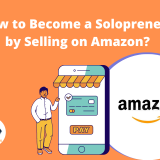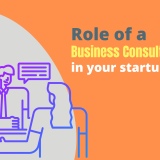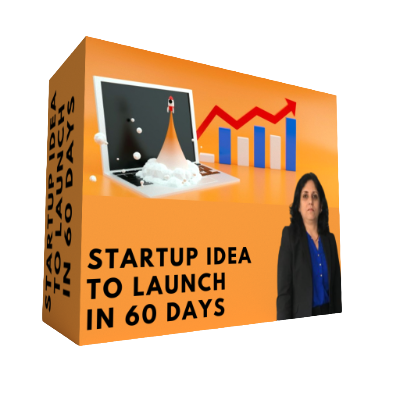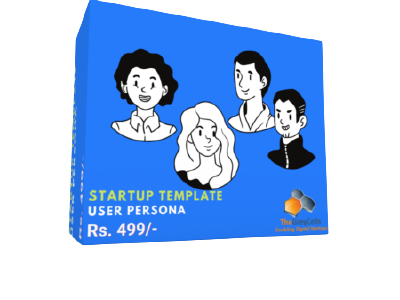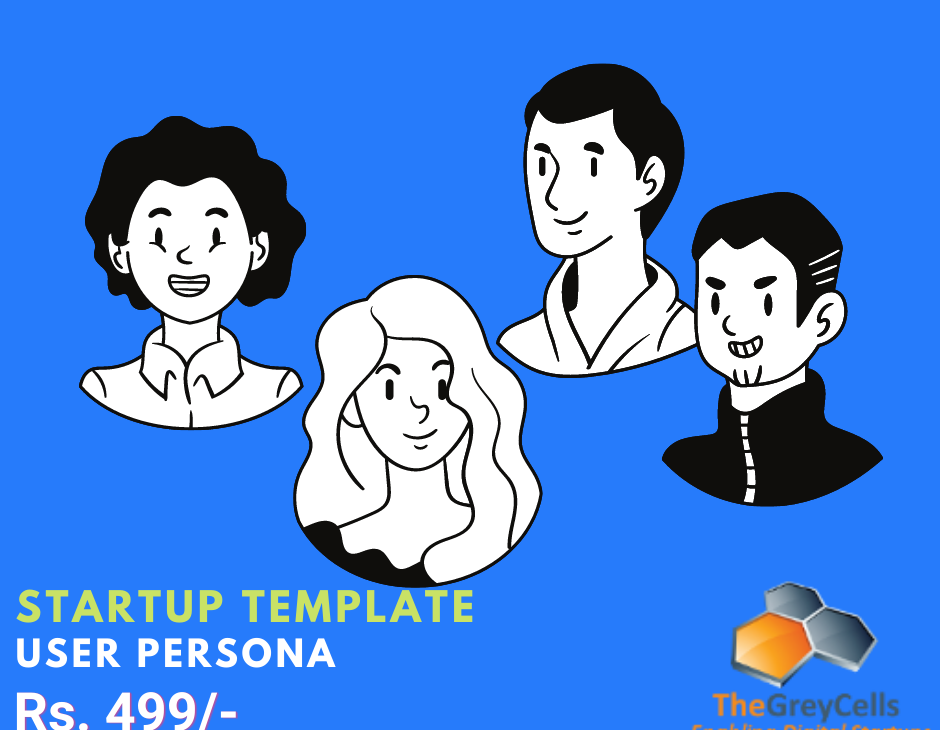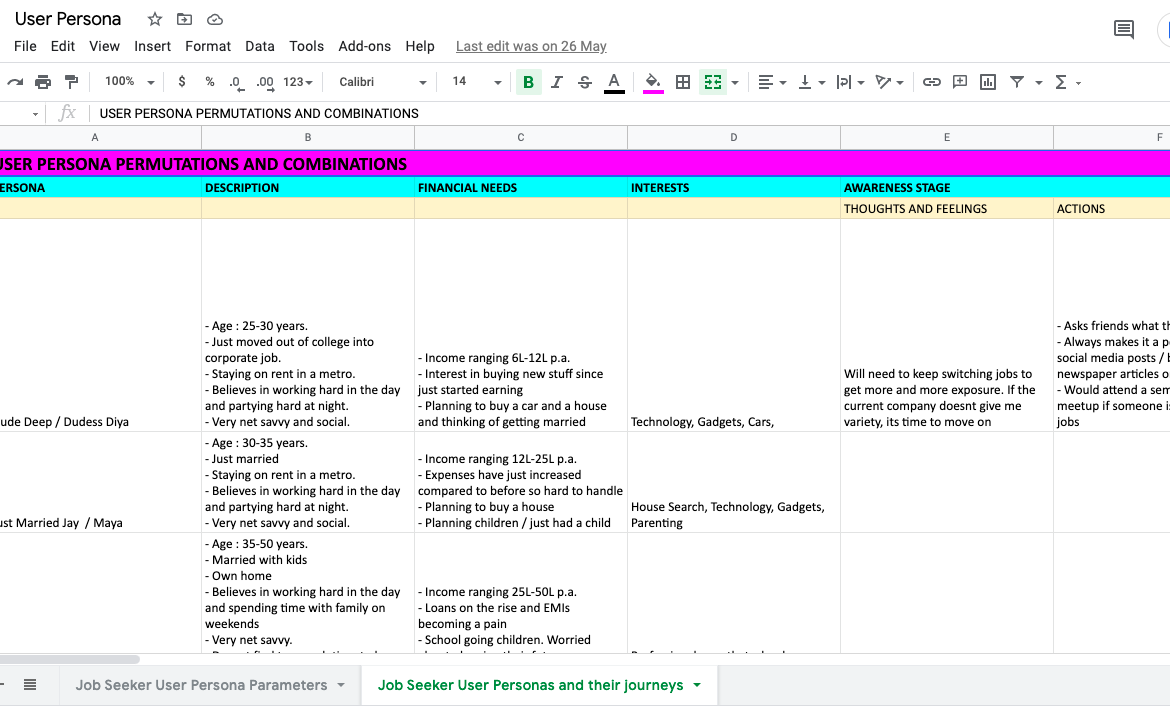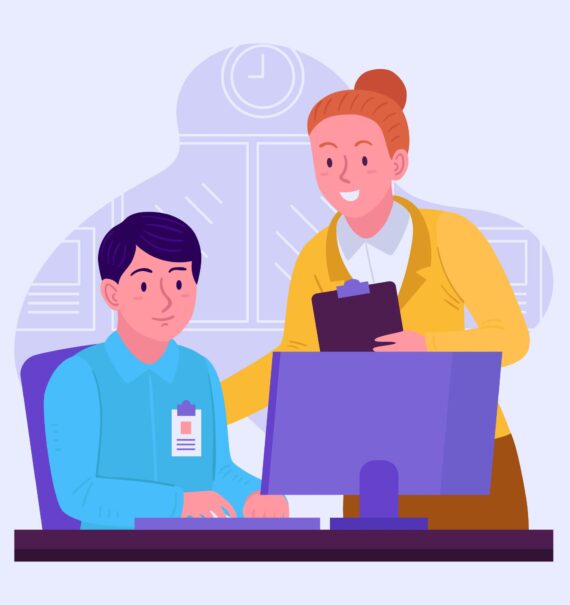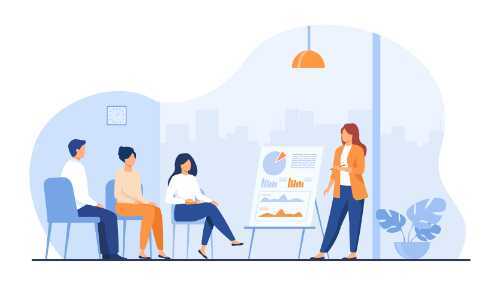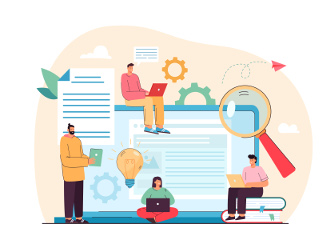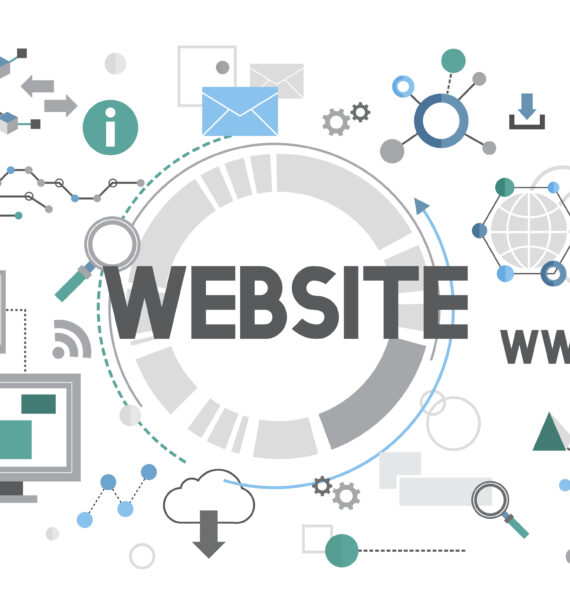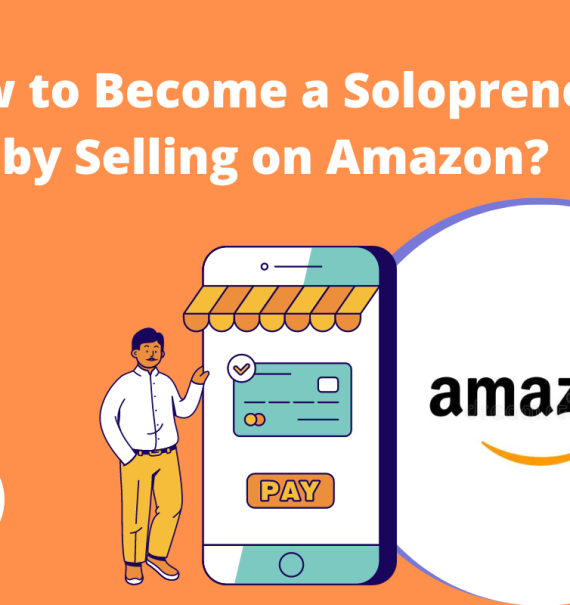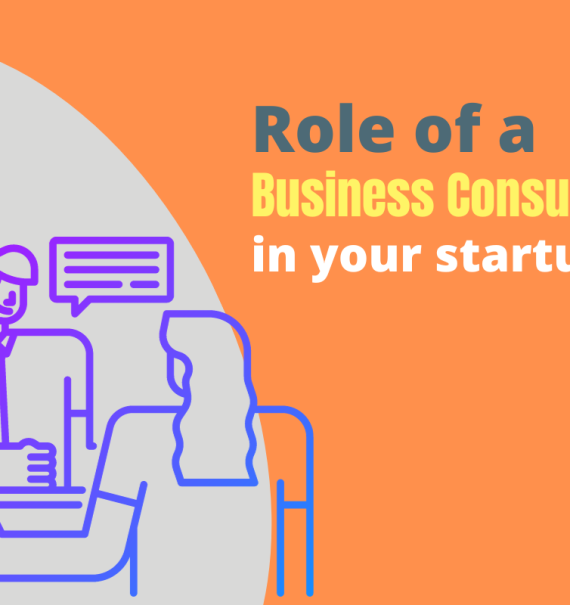A Complete Guide to Identify the Ideal Target Customer


“Selling to everyone with a heartbeat means you don’t have the finger on the pulse of the Ideal Customer”
— Paul Reilly
So, your product is ready. What next?
Next is the frantic rush to start posting ads wherever you can find space, be it offline or on the internet so that you can start marketing/selling.
Now, take some time and think about this. Would you go out there and shout out from the roof tops to one and all about your product or rather go and talk to the select few with whom your chances of selling the product are much higher?
What is Ideal Target Customer / User Persona?
Say, you are selling luxury cars. Someone tells you that at a remote location in a rural area huge billboards cost really less. Would you put up a billboard there? Obviously not. Don’t take me wrong, I’m not trying to stereotype here, but your chances of selling a luxury car is more if you put up your billboard in an upmarket area where people who have that kind of money reside.
The decision you just took was identifying your Ideal Target Customer – a person who is very likely to buy your product because of certain characteristics that he/she possesses which make your product very suitable to them.
Why is identifying your target customer important?
There is a cost that you are paying to acquire each customer – more formally known as the Customer Acquisition Cost.
Marketing Costs are expense guzzlers and must be kept minimal. You might want to check out how you can do that here
The math is simple. When you use Paid Ads on Facebook/Google for example, you pay for each click. You want to make sure the person who clicks is a person who is at least remotely interested in your product, not someone who is casually surfing the net and clicks your ad so that he can kill some time.
That is where spending time on this activity makes sense. Identify your target customer and Paid Marketing channels like FB and Google give you the opportunity to define them in their systems so that they ensure that they market your product only to those who are likely to buy and so that you as the Startup Founder ends up paying minimal cost for the clicks on your ads.
WANT HAND-HOLDING FOR YOUR STARTUP?
Customer Identification Parameters
Complex as it may sound, what this actually means is trying to divide your customers into segments based on some identifying characteristics.
What we are trying to do is group similar characteristics together and try to identify which group is more likely to buy out product.
Here’s the thing – We will give each kind of customer a name too. Weird as it may sound, the mention of Peters and Janices or Rahuls and Seemas in a Marketing meet are commonly used to mention a group. These are the User Personas.
Demographic Parameters
- Gender
- Age
- Income level
- Education
- Marital status
- Caste
Some examples based on demographic parameters :
Based on a survey, a liquor vendor finds out that an ideal target customer for beer is someone below the age of 50. People above 50 generally prefer Wine. Women prefer Vodka.
A real estate Startup founder discovers based on competitor research that second homes are generally bought by men in the age group 35-45
Geographic Parameters
- Postal or ZIP code
- City
- State
- Region
- Country
Some examples based on geographic parameters :
A Startup which is in the business of sending Indian goods to people abroad will have parents whose kids are settled abroad as target customers.
A Marathi magazine owner will target people residing primarily in Maharashtra
Psychographic Parameters
- Interests
- Needs
- Preference
- Lifestyle
- Values
- Behaviour
Some examples based on psychographic parameters :
People interested in the Entrepreneur magazine are definitely those who nurture dreams to be Entrepreneurs. These are the ideal customers for a Startup Coach like me.
A Travel app will find it fruitful to advertise to people who have post pics of themselves at various locations.
WANT TO TALK ABOUT YOUR STARTUP?


User Persona
After having completed the above exercise you would have come up with maybe single, maybe multiple ideal target customers based on your offering.
Say, one set of ideal customers for your Service 1 is in the age group 25-35 with interests as travel and who earn more than 1L per month. Let’s call them the Rahuls. Rahul here is your User Persona for your Ideal Target Customer.
Say, another set of ideal customers for Service 2 is in the age group 60+ with interests travel and are retired. Let’s call them the Rajnaths.
So, next time when you are in a Marketing meet and you want to refer to the the 25-35 age group, earning more than 1L instead of describing all their characteristics you would say, “Let’s run a campaigns for the Rahuls this month”.
Put yourself in the mind of your Customer
Presuming you have segmented your Target Audience, it is now time to actually put yourself in the mind of your customer and think how he/she thinks.
There is a very simple process which will help understand what your ideal customer is thinking at each stage of the buying cycle. Accordingly, you can then decide what is the best way to convince him to move to the next stage.
- Awareness – What is your ideal target customer thinking when he has just been made aware of your product maybe via a FB ad or an email his friend forwarded him. What other methods can you think about so that you can make him aware about your offering?
- Interest – What is your ideal target customer thinking when he has done some research about you and wants to find out more about you? What can you do to ensure you are found on a Google search when he tries to find out about your offering?
- Consideration – What is your ideal customer thinking when he has gone ahead and provided his information on your landing page. What is the next step that you must take to ensure you can nurture him to take action and buy your offering?
- Action – What is it that will make your customer open up his wallet and pay? How will you make it easy for him to do that?
- Fan – How will you make it easy for your customer to recommend you to someone else he knows who can use the same offering?
Hope I could throw some light on how you can identify the Ideal Target Customer and make him/her tangible by giving them a name. At the end of the day, it is about identifying the right set of people to whom you should market your offering to so that you don’t have to splurge by advertising to the whole world.
If you can add value to this in the comments section, my readers and I would be greatly obliged!
A Fill-In-The-Blanks Template to identify your User Persona
Check out the User Persona Template
An Easy-To-Use Template where you can specify parameters to arrive at your Target Customer. Identify the characteristics for each such parameter and your Ideal User Persona will reveal itself. This is critical from various aspects, especially when you need to specify the same for Paid Marketing purposes.
Here’s how you can identify the Ideal Target Customer / User Persona for your Startup Idea within hours
- List down parameters to arrive at your Target Customer
- Identify the characteristics for each such parameter
- Give each kind of identified persona a name
- For each such identified persona craft the journey they traverse with your product


